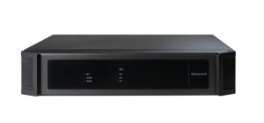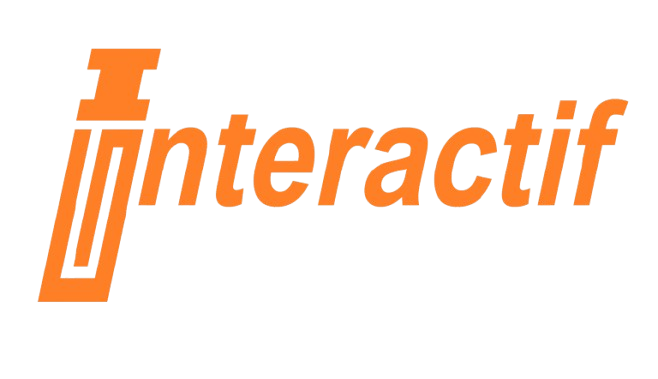PUBLIC ADDRESS SYSTEM

X-DA2250 High Efficiency Power Amplifier
PRODUCT DESCRIPTION
- Automatic protection
- Fault detection
- Effective ventilation using forced air cooling fan
- CE certification complied


- Effective ventilation using forced air cooling fan
- Automatic protection
- Fault detection
- CE certification compliant
The X-DA1500 High Efficiency Power Amplifier provides amplification for audio signals delivered by high power loudspeakers connected to the X-618 Digital Public Address and Voice Alarm System. The X-DA1500 is reliable, efficient, and lightweight. When a fault, self-protection, or self-testing occurs, its audio input port on the rear panel will short circuit, and a fault signal will be sent to the control unit in the network.
FEATURES
- INPUT/OUTPUT :
- X-DA1500 supports both balanced and unbalanced audio inputs. To receive unbalanced audio inputs, simply connect the ground port with the negative input port to the rear panel.
- X-DA1500 can receive audio signals from X-DCS2000/EN via Ethernet through the RJ45 standard port.
- FAULT DETECTION :
- X-DA1500 can self-protect from overheat, overcurrent, overvoltage, and undervoltage. For example, when the internal temperature reaches its critical limit, the overheat protection circuit will shut down the power amplification module and activate the protection indicator light on the front panel.
- X-DA1500 can detect power supply errors automatically during operation. The built-in fuse will provide overcurrent protection to the main power supply.
- When a short circuit is detected in the main power circuit, the power will be automatically shut down. The backup power will then be enabled to replace the main one.
- SAFETY :
- The device adopts a lightweight design. The front panel is made of UL94V-0 fireproof ABS material, protecting the machine under extreme conditions.
- A cooling fan is equipped for heat exhaustion so that the machine can maintain high working efficiency.
- VOLUME CONTROL :
- When HN-D32N Noise Detector is installed, X-DA1500 can adjust the volume according to the ambient noise automatically to ensure high sound intelligibility.
- INDICATORS :
- Power light
- AC fault light x 2
- Signal light (for each channel)
- Clip light (for each channel)
- Protection light (for each channel)
- INTERFACES :
- Main power and backup power port
- Audio inputs (balanced or unbalanced)
- Audio outputs (100V or 70V)
- RJ-45 net cable port
specifications
CERTIFICATION AND SHARED
Technical Specifications
Parking List
Ordering Information
Request a Quote
Learn More From
Frequently Asked Questions
Multimode fiber commonly comes in 50/125 μm or 62.5/125 μm core/cladding dimensions, with bandwidth capacities ranging from 200 MHz to 2 GHz, depending on the grade. Multimode systems typically support transmission distances of up to 5 km, making them suitable for short- to medium-range applications.
In contrast, singlemode fiber—usually 9–10/125 μm—offers significantly lower attenuation and effectively unlimited bandwidth, supporting links over 150 to 200 km, especially when paired with optical amplifiers and advanced transceivers.
While singlemode fiber is less expensive per meter, its associated transceivers and equipment tend to cost more than their multimode counterparts. That said, singlemode devices are generally compatible with both singlemode and multimode fiber, whereas multimode equipment works only with multimode fiber.
Let me know if you’d like this turned into a quick-reference table or visual comparison—it’d make a solid inclusion for a fiber deployment guide.
The link budget is the difference between the transmitter’s output power and the receiver’s sensitivity. This budget must account for all signal losses along the path, including:
- Fiber attenuation due to the transmission medium
- Connector losses, such as those at patch panels or equipment interfaces
- Splice losses from mechanical or fusion joints
- Link margin, which provides a buffer for unforeseen variations
The link margin typically ranges from 2–3 dB in tightly controlled environments to up to 10 dB in more variable conditions. It is designed to accommodate:
- Component aging (e.g., light sources may degrade and lose up to 3 dB over time)
- Temperature variations affecting transmitter output or receiver sensitivity (up to 3 dB may be needed for thermal fluctuations)
- Physical cable damage and repair-induced losses (usually minor, but more relevant in harsh or industrial settings)
Always design your system for worst-case scenarios to ensure reliability. However, don’t overlook the best-case condition either—some optical receivers may exhibit erratic behavior if the incoming signal is too strong.
First, verify the optical signal strength along the link. Use an optical power meter to measure the received power at the fiber’s end point. Typical transmit levels range from –8 dBm to –15 dBm, while the receiver sensitivity is around –31 dBm, giving you a link budget of approximately 16 dB. This margin supports transmission distances of up to 10 km on singlemode fiber and about 3–5 km on multimode fiber.
If the measured power falls below the receiver sensitivity, there’s a strong likelihood of issues with the installed fiber. Ideally, initial OTDR readings should have flagged such faults.
If not, inspect the patch cords currently in use for possible defects or misalignment. A frequent oversight is the use of mismatched patch cords.
Multimode fiber types are classified by the ISO/IEC 11801 standard into five main categories: OM1, OM2, OM3, OM4, and OM5. Each type differs in core size, bandwidth, supported data rates, and maximum transmission distances. Here’s a quick breakdown:

- OM3 and OM4 are laser-optimized and widely used in modern data centers.
- OM5 supports shortwave wavelength division multiplexing (SWDM), enabling multiple wavelengths over a single fiber for higher capacity.
- All OM types are backward compatible in terms of connectors, but mixing core sizes (e.g., OM1 with OM3) can cause performance issues.
